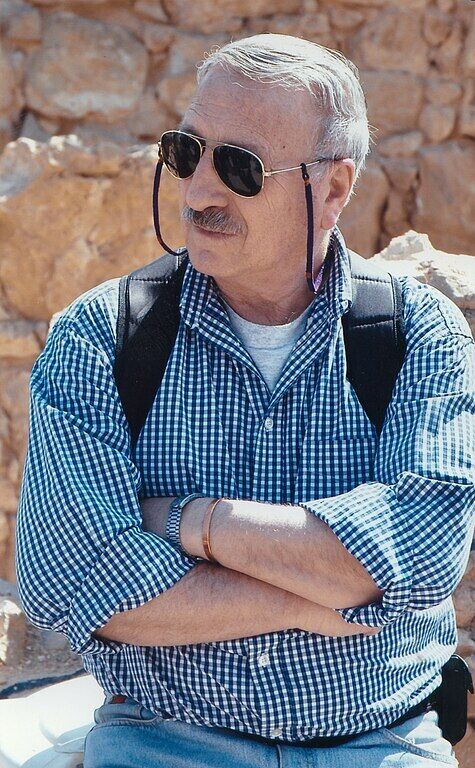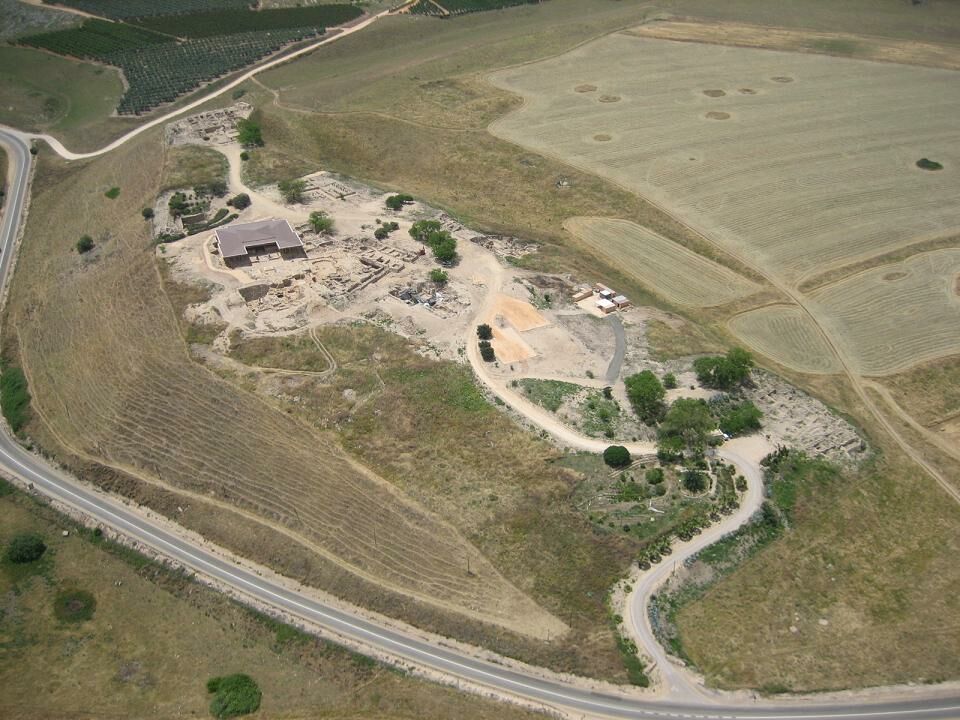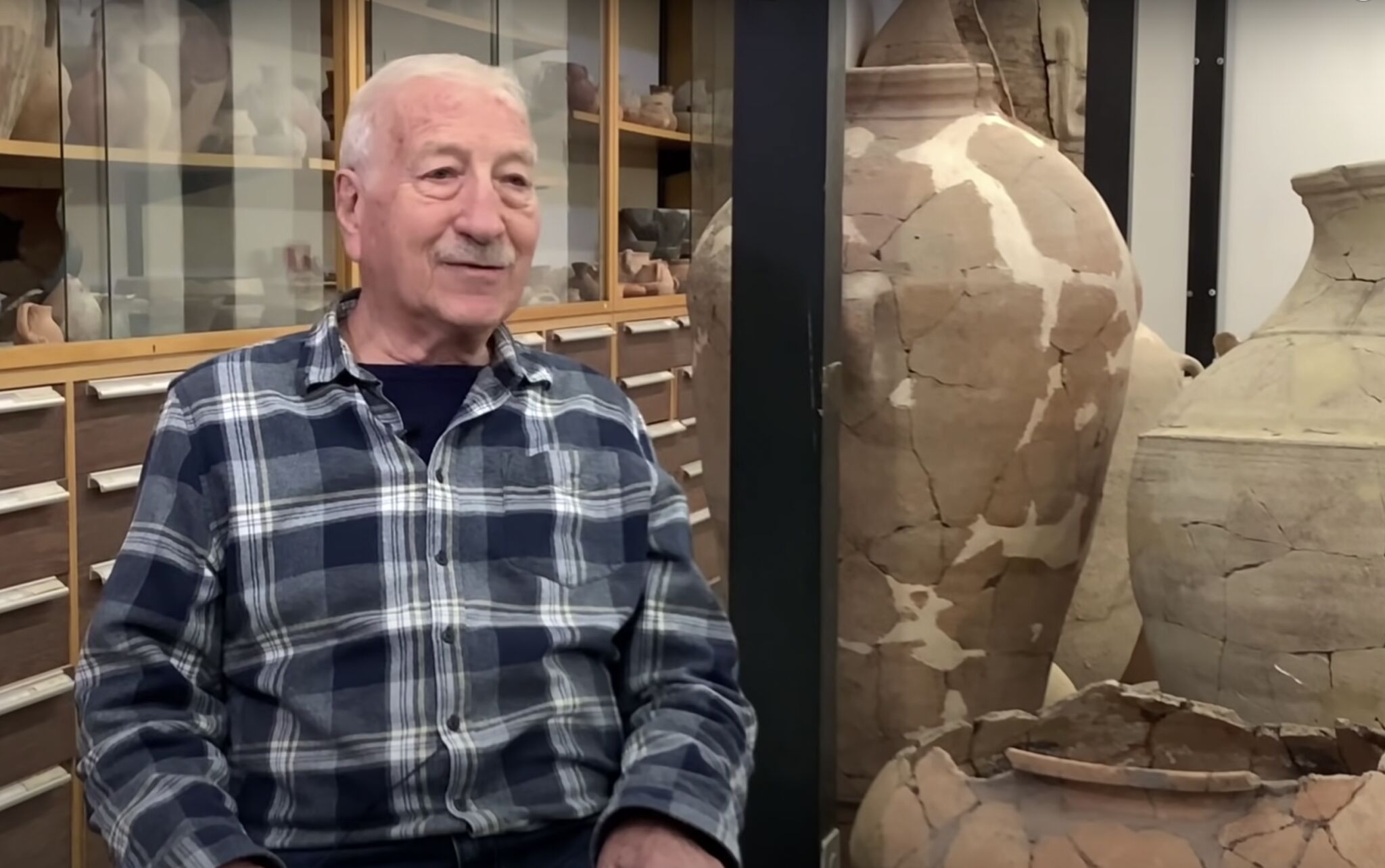This week, Israel lost another archaeology giant: Prof. Amnon Ben-Tor died Tuesday at the age of 88 (1935–2023).

Ben-Tor was professor emeritus of the Hebrew University of Jerusalem’s Institute of Archaeology. An esteemed archaeologist, he was a laureate of the vaunted Israel Prize in 2019 for his contributions to archaeological research.
Although he participated in numerous excavations around Israel, including at sites such as Tel Yarmuth, Yoqne’am and Tel Qashish (and even as far afield as Athienou, Cyprus), Professor Ben-Tor is best known for his excavations at Tel Hazor. In the 1950s and ’60s, he served as area supervisor at the site under the direction of the late, great Prof. Yigael Yadin. From the 1990s until last year, he was director of excavations at the site. He was editor of the volume Hazor III-IV, and co-editor of Hazor V, Hazor VI and Hazor VII. He has authored numerous articles, as well as several books, including a 2016 popular publication, Hazor: Canaanite Metropolis, Israelite City.
In a June 2021 interview with the podcast First Century Foundations, Ben-Tor told host Jeff Futers: “[Yadin] left the site [of Hazor] to me in his will. He said that I should carry on. And I came back to Hazor in 1998, and I am there still every year. And as long as I live, I’ll still be there.”
Israeli news website Arutz Sheva noted in its tribute that Ben-Tor was “known for using biblical texts to interpret archaeological finds.” The popular blog PalaeoJudaica highlighted him as a professor who “does believe in the biblical united monarchy.” And from the Times of Israel’s obituary: “Ben-Tor was known for holding the view that the Bible includes faithful historical depictions of ancient Israel—a position he said was based solely on archaeological findings—as opposed to the ‘minimalist’ school that doubts much of the ostensible history described in the religious texts.”
Tel Hazor was one of three primary locations first presented by Prof. Yigael Yadin as exhibiting parallel, 10th-century b.c.e. “Solomonic” six-chambered gatehouses (the other two locations being Gezer and Megiddo). These matching gatehouses demonstrated clear administrative control over a broad geographic area, matching the biblical account of Solomon’s united kingdom—not to mention, the biblical account of his very construction of these three cities in 1 Kings 9:15.
Over the past several decades, however, the minimalist, “low chronology” school has sought to redate these structures to outside of the 10th century. Leading proponents for this position were the later excavators of Megiddo (whose expeditions to the site began about two decades after Yadin’s excavations at Megiddo). Their reinterpretations, however, received significant resistance from Gezer excavator Prof. William Dever and Hazor’s Prof. Amnon Ben-Tor. Following Ben-Tor’s subsequent and thorough reappraisal of his own site, he concluded that “the renewed excavations correspond precisely with, and thus verify, the sequence established by the Yadin expedition …. We have endorsed the high chronology, in line with Yadin’s earlier findings, because we believe that it is substantiated by the now enlarged body of evidence” (“Hazor and the Archaeology of the Tenth Century B.C.E.,” Ben-Tor and Doron Ben-Ami, Israel Exploration Journal, 1998). For more information on these three gatehouses, including a fourth, read our article on the subject here.

One could debate what Professor Ben-Tor’s most significant contribution to biblical archaeology is—but his work on the 10th century/Solomonic period at Hazor must surely be at or near the top of the list.
Professor Ben-Tor was a giant in his field and leaves behind a significant legacy—and now void—in the world of biblical archaeology. This modern-day king of Hazor will be missed.

